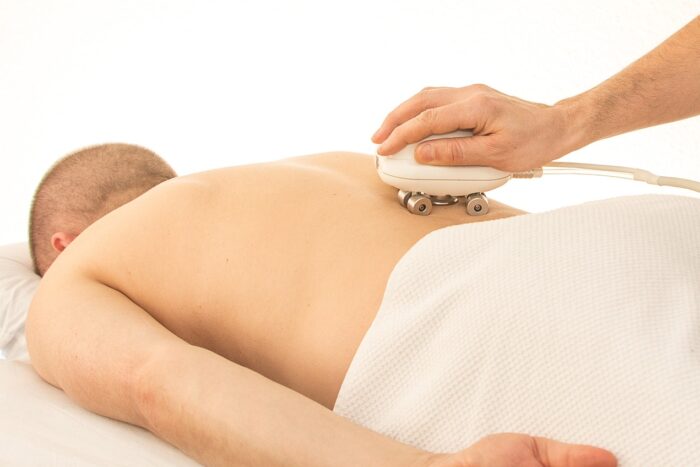
Lumbar support can indeed be helpful for many individuals, especially those who experience lower back pain or discomfort.
Here are some ways lumbar support can be beneficial…
Benefits of Lumbar Support
- Maintains Proper Posture – Lumbar support cushions or devices are designed to help maintain the natural curve of the spine, particularly in the lower back (lumbar region). This can prevent slouching and promote better spinal alignment, which reduces strain on the muscles and ligaments of the lower back.
- Reduces Pressure on the Spine – By supporting the lumbar curve, these supports help distribute body weight more evenly across the spine and reduce localized pressure on the lumbar discs and vertebrae.
- Alleviates Lower Back Pain – Many individuals find that using lumbar support can alleviate or reduce lower back pain, especially pain that worsens with prolonged sitting or poor posture.
- Improves Comfort – Lumbar support can make sitting for extended periods more comfortable by providing additional support where it’s needed most, which can be particularly beneficial for office workers, drivers, or individuals with sedentary lifestyles.
- Promotes Healing – For individuals recovering from injuries or strains in the lumbar region, using lumbar support can aid in the healing process by reducing stress on the injured tissues and allowing them to rest and heal more effectively.
Types of Lumbar Support
- Lumbar Pillows or Cushions – These are portable cushions that can be placed behind the lower back while sitting, providing adjustable support.
- Ergonomic Chairs – Chairs with built-in lumbar support are designed to support the natural curvature of the spine and promote good posture.
- Seat Cushions – Some seat cushions come with integrated lumbar support to provide combined comfort and spinal alignment.
Tips for Using Lumbar Support Effectively
- Adjust Position – Position the lumbar support cushion or device so that it supports the natural curve of your lower back without forcing you into an uncomfortable position.
- Use Consistently – Incorporate lumbar support into your daily routine, especially when sitting for long periods at a desk, driving, or during activities that strain the lower back.
- Combine with Movement – While lumbar support can provide relief, it’s also important to incorporate regular breaks and movement throughout the day to avoid prolonged sitting and muscle stiffness.
When to Seek Professional Advice:
- If you have chronic or severe lower back pain, it’s advisable to consult with a healthcare professional or physical therapist. They can guide proper posture, ergonomic adjustments, and exercises to complement the use of lumbar support.
- If using lumbar support exacerbates your symptoms or if you experience new pain or discomfort, discontinue use and consult a healthcare provider for further evaluation.
Lumbar support can improve posture, reduce lower back pain, and enhance overall comfort during daily activities. Incorporating lumbar support into your routine, along with maintaining good posture and staying active, can contribute to better spinal health and reduced discomfort in the lumbar region.
Related Posts
How Do You Massage Your Lumbar?
On
May 23, 2024
How To Reduce Inflammation In The Lumbar Spine?
On
December 22, 2024
How Do You Massage Your Lumbar Spine?
On
August 6, 2024
Why Is Lumbar Support So Uncomfortable?
On
September 2, 2024



